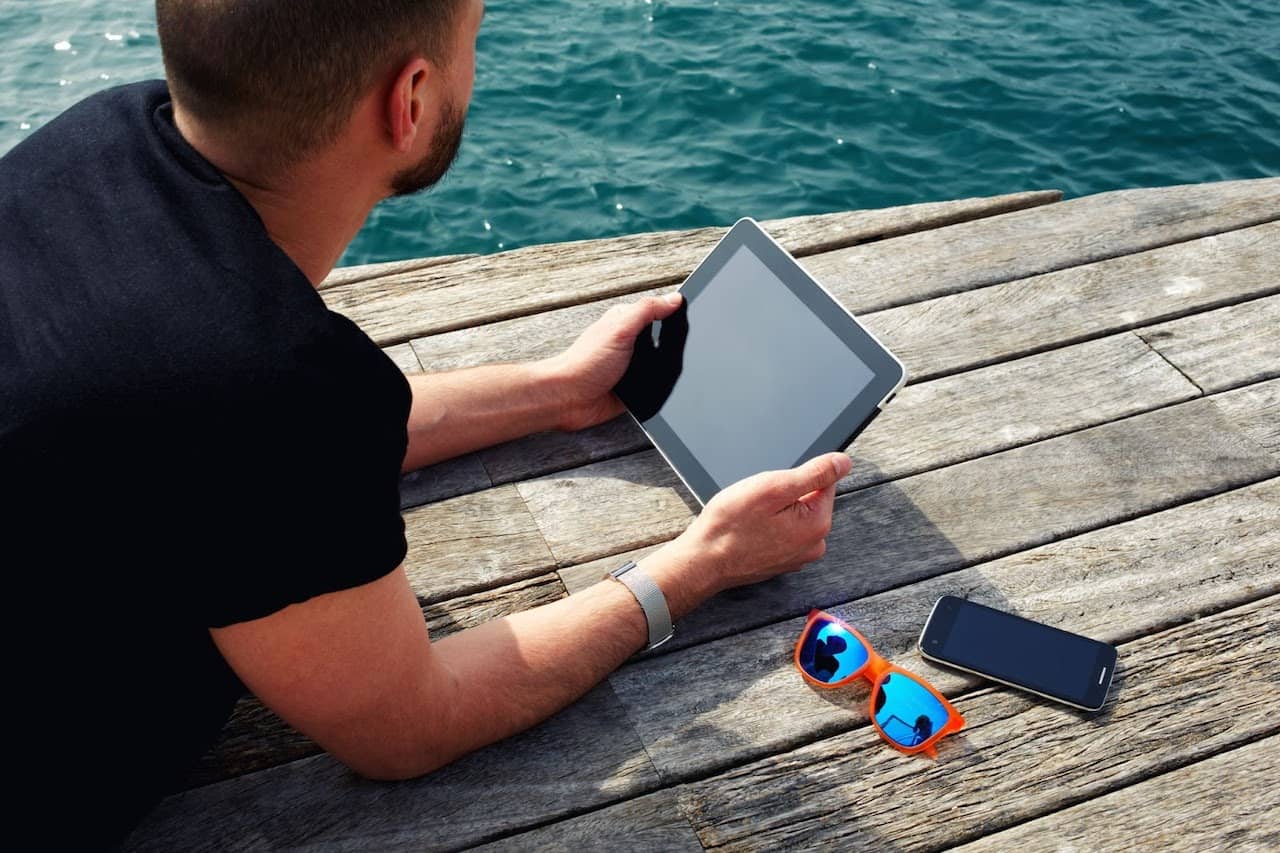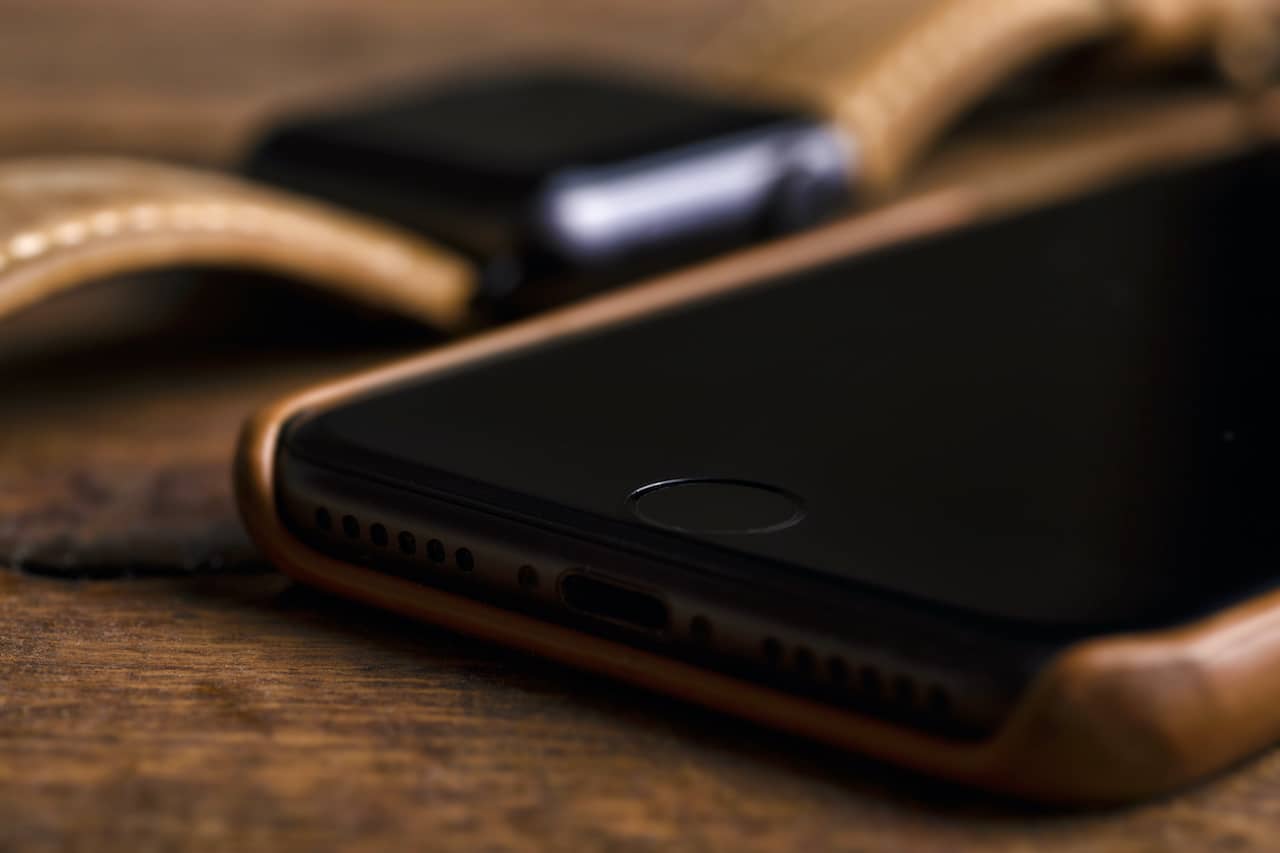
Dropped Your Tablet in Water? Here's How To Save It.
You’re sitting on the edge of the pool reading the newest Nicholas Sparks novel on your tablet, and all of the sudden… Splash. You’ve dropped your tablet in the water! YIKES!
What should you do if your iPad gets wet? Can you save an iPad from water damage? The short answer: Possibly!
Luckily, there are some methods we will share to save a tablet that got wet. Read on to learn how to save your device if you’ve dropped a tablet in water.
3 Methods To Save a Tablet That Got Wet
Everyone knows the old wives’ tale about putting wet electronic devices in rice to save them. At some point in the early 2000s, people decided rice would absorb any moisture from a device that got wet. Does it work? Eh, not really. Not as well as other drying agents at least. It may work for some cases, but it actually can introduce dust and starch into the device. Personally, we don’t recommend using rice as a solution to tablets dropped in water.
Want a better-researched method that’s proven to work? We’re going to take a look at three different methods to save your device if your iPad or Samsung Galaxy tablet got wet.
Method #1: Use Silica Packets
You may be wondering, “What are silica packets?” Silica packets are those small white desiccant-filled packets you find in product packaging. They normally say “DO NOT EAT” and are found in a variety of different products’ packages such as shoes, beef jerky, and vitamins. A lot of people just toss them in the trash, but it can be smart to save them for trying times like this.
Silica packets contain a drying agent that can be used to save an iPad from water damage. Simply cut open these packets and dump them into a plastic container or gallon-size Ziplock bag. Place your wet tablet inside with the silica beads, seal the container or bag for up to 24 hours, and voila! The silica packets should absorb any excess moisture from your tablet and restore it to working condition.
Method #2: Use Dehumidifying Crystals
Similar to method one, you can use dehumidifying crystals to remove excess moisture. Dehumidifying crystals are another drying agent that can help save your tablet from water damage. These moisture-absorbing crystals can usually be found at hardware stores. And as with silica packets, cover your device with the crystals and seal in a secure container for 24 hours.
Method #3: Remove SIM Card and Dry With a Soft Cloth
For some tablets, you are still able to access the microSD card or the SIM card on the side of the device. If it is accessible, it’s a good idea to remove these cards from the device and dry them thoroughly with a soft cloth. Set them aside somewhere safe so you can put them back into their slots once the tablet is fully dry. If your tablet has water damage, you may still be able to recover your files from the card — a small win in a less than ideal situation.
And there you have it! These are three of the best methods for drying a tablet that got wet. Try these before declaring your device broken. Read on to learn what to do before trying these three methods to save your tablet.
What To Do After Dropping Your Tablet in Water
There are a couple of steps to take immediately after you drop your tablet in water. Don’t wait to save your device! Take action right away and follow these steps if this unfortunate incident happens to you.
Step 1: Get it Out of the Water
As soon as you see your device submerged in water, pull it out! Don’t spend even a second panicking before getting it out of the water. The less time it spends submerged, the more likely you’ll be able to revive the device. Channel your inner superhero and be lightning fast!
Step 2: Turn it Off
Power off your phone as soon as you can to avoid internal water damage. Mixing water and a powered-on device is a no-go. Turning off the tablet you dropped in water will help save the device from electrical damage.
Step 3: Wipe it Down
Dry off your tablet dropped in water by wiping it down with a clean and dry cloth. Make sure to get into all the crevices and slots too. Remember not to leave any water droplets behind. Thoroughly wipe off the camera lenses, charging port, buttons, and screen to be sure the exterior of your tablet is dry.
Step 4: Use The Methods Above
Once you’ve completed these initial steps, follow one or more of the three methods in the section above. If all else fails, you may need to replace the tablet dropped in water.
If you were able to save your device, congratulations! That’s money you can keep in your pocket. We understand everyone has butterfingers sometimes! Do yourself a favor and purchase a waterproof case to protect your tablet from future water damage.
Protect Your Tablet With SaharaCase
A waterproof case is the ultimate solution to protect your precious tablet from water. SaharaCase offers various waterproof cases for iPads and even a water-resistant tablet bag case that fits most tablets, such as Samsung Galaxy and Kindle devices up to 11 inches.
Hopefully, this guide helped you successfully save your iPad from water damage.
But don’t forget to also protect your phone while at the lake or swimming pool this summer too! SaharaCase’s waterproof phone cases are sure to keep your devices safe and dry on all your adventures!


